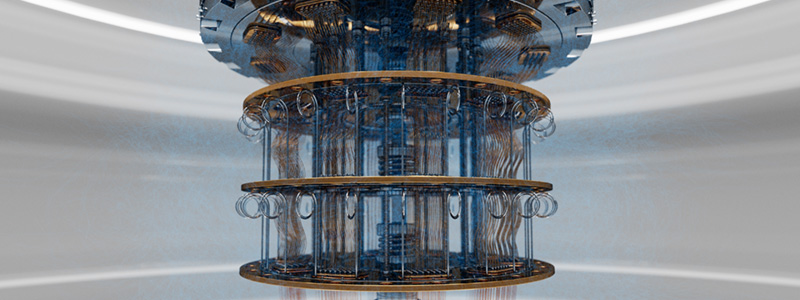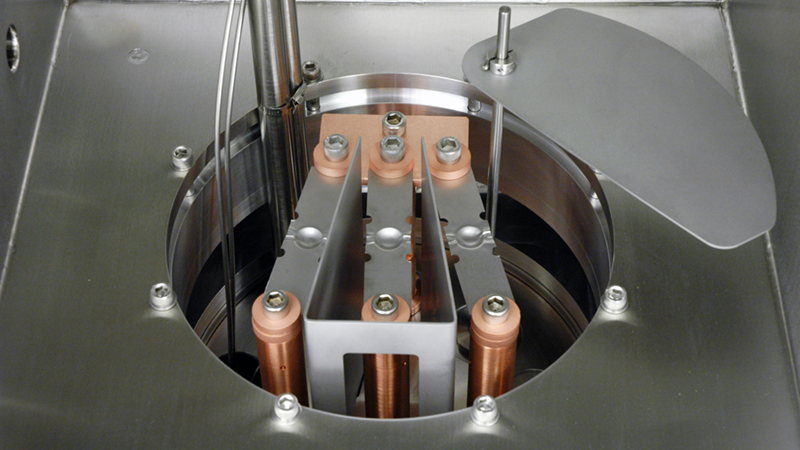Thin Film Deposition Techniques & Capabilities
Methods used to deposit thin films are generally split into two categories: Physical Vapor Deposition (PVD) and Chemical Vapor Deposition (CVD), depending on the underlying principles causing film deposition. A PVD method evaporates or sputters a material, producing a gaseous plume or beam that deposits a film on the substrate. (See our Material Deposition Table for suggestions on which PVD techniques best apply to your desired film material.) A CVD method uses reactive, volatile compounds that decompose on a heated substrate. The starting materials are often organo- or hydrido-compounds that pyrolyse at relatively low temperatures into a non-volatile (film) component and a residual vapor/gas that is pumped out of the system. Both methods sub-divide into a variety of techniques with auxiliary mechanisms to achieve some goal.
Please click here for further information on various deposition techniques.
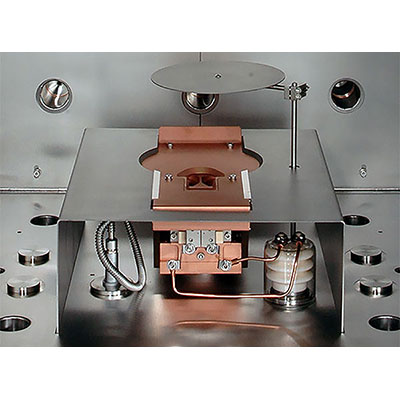
Electron Beam Evaporation
Electron beam evaporation sources include components that evaporate the base material through the use of a high energy electron beam, generating very high deposition rates (up to 25000 Å/min). The electron beam is focused onto the target material through the use of a magnetic field, and bombardment of the electrons generates enough heat to evaporate a wide range of materials with very high melting points. Under regular e-beam evaporation, the chamber pressure is brought to as low a level as possible to prevent background gases from chemically reacting with the film or bulk evaporant. Under carefully controlled partial pressures of reactive gases, reactive e-beam evaporation can create films of a different chemical composition than that of the bulk material.
Electron beam evaporation is supported in the following KJLC system platforms:
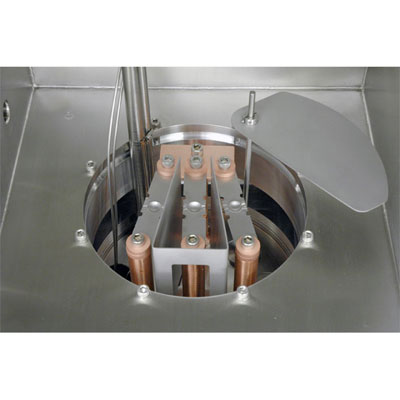
Thermal Evaporation
Thermal evaporation sources include components that evaporate the base material through the use of resistive element heating. Typically the bulk material is placed into a source made of refractory metal (evaporation boat, basket, or filament-heated crucible), and as power is applied, the temperature rises to facilitate evaporation. Installation costs and equipment are fairly inexpensive compared to other deposition techniques, but precise temperature control can be difficult and some evaporants' tendency to alloy with the source material makes this technique not quite as universal as others.
Thermal evaporation is supported in the following KJLC system platforms:
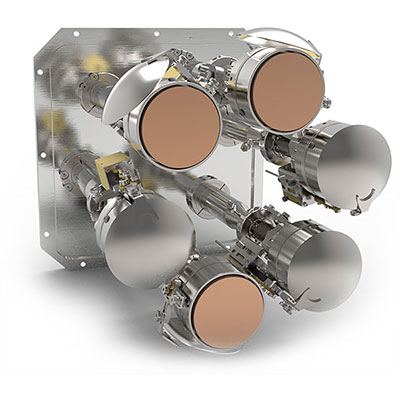
Magnetron Sputtering
Sputter deposition, commonly called sputtering, removes atoms/molecules from a solid target's surface, projecting them into the gas phase from which they condense on another surface. In contrast to the various evaporation techniques available, sputtering does not require melting of the base material, rarely "spits" lumps at the substrate, and the source can be mounted in any orientation. There is comparatively very little radiated heat transferred to substrates, the coverage is not strictly line-of-sight, and elemental mixtures, alloys, and compounds can be sputtered without changes in stoichiometry.
Magnetron sputtering is supported in the following KJLC system platforms:

Organic (Point Source) Evaporation
Point source evaporators, also known as LTE (Low Temperature Evaporation) Sources, are similar to filament and crucible thermal evaporators in that they evaporate the base material through the use of resistive element heating. The bulk material is placed into a crucible heated by a filament source, and as power is applied to the filament the crucible is heated. The crucible/filament structure has external shielding, a precise aperture, and thermocouple feedback to allow precise temperature control. They are compatible with UHV vacuum levels, easy to remove and replace, and allow very controllable heating in the lower temperature ranges in which organic materials evaporate.
Organic evaporation is supported in the following KJLC system platforms:

ALD (Atomic Layer Deposition)
Atomic Layer Deposition (ALD) is a Chemical Vapor Deposition (CVD) technique that enables surface-controlled, uniform, and conformal film growth at the atomic layer scale with excellent uniformity. Surface-controlled film growth is a unique feature of ALD that is based on sequential, self-limiting chemical reactions between gas-phase precursor molecules and active surface species. During a typical ALD process, at least two gas-phase precursors are pulsed sequentially into a reaction space where a substrate is located. A complete sequence (or cycle) is made up of a series of pulse and purge steps. Pulse steps are separated by purge steps to remove any remaining precursor and/or volatile reaction by-products from the reaction space between pulses.
ALD is supported in the following KJLC system platforms:
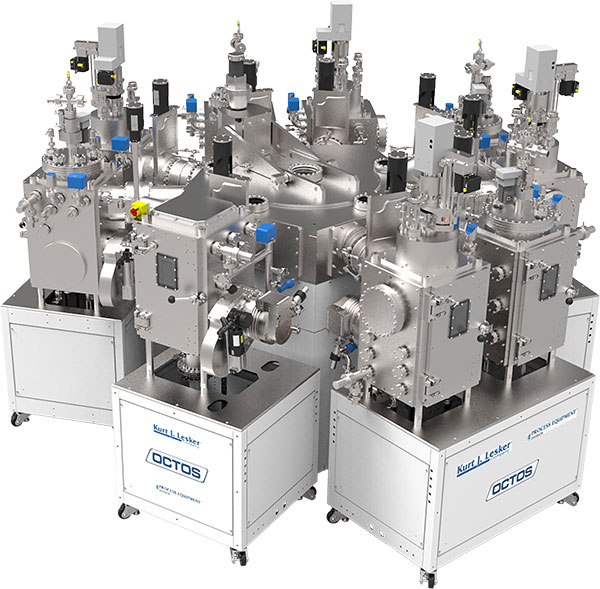
Multi-Chamber Deposition
Typically, there is a preferred deposition technique based on the desired coating material and/or the type of film required. The material's volatility or an inappropriate system geometry may make thermal evaporation unfavorable. Perhaps the material responds well to DC sputtering but the desired compound would be better served via RF/pulse DC sputtering or reactive DC sputtering. Practical deposition systems are frequently made more versatile by installing two or more different techniques in the same chamber. In such an arrangement, a process requiring both evaporation and sputtering for co-deposition, or sequential deposition, is done without substrate re-location or breaking vacuum.
Multi-Chamber Deposition is supported in the following KJLC system platforms:
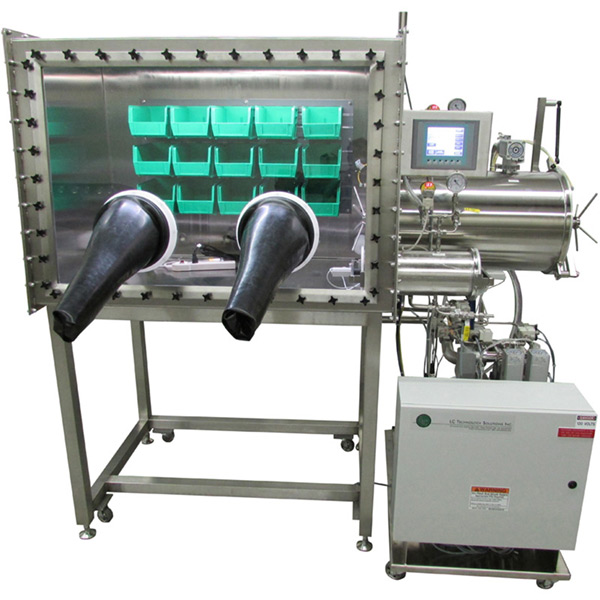
Glove Box Integration
Glove box integration creates an inert environment for processing protective/sealing coatings. Reactive metal films, organic electronics, and light-emitting organic displays typically utilize coating materials that cannot be exposed to the reactive environment of the atmosphere without a protective encapsulation layer. The sealing operation is typically done under an inert gas environment rather than a vacuum chamber, thus the need for a glove box. From the glove box a sample can be loaded into or unloaded from the system or the system's load lock for vacuum deposition processing, then retrieved back into the glove box for encapsulation coating prior to venting the glove box to atmosphere.
Glove box integration is supported on the following KJLC system platforms:
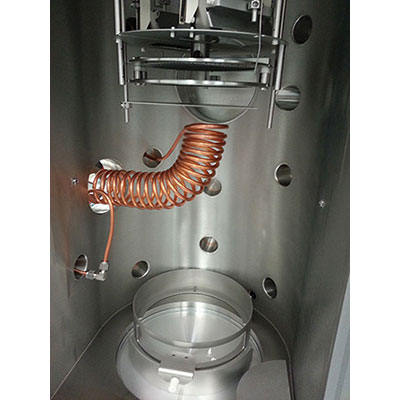
Pulsed Filtered Cathodic Arc Deposition
Cathodic Arc Deposition is a PVD (Physical Vapor Deposition) technique that utilizes a controlled, hard electric arc to vaporize the deposition material from a target. Because of its fairly simple deployment, high ionization rates, and usefulness for a variety of material types (including metals and ceramics) the technique has been traditionally used in hard coating and diamond like carbon applications.
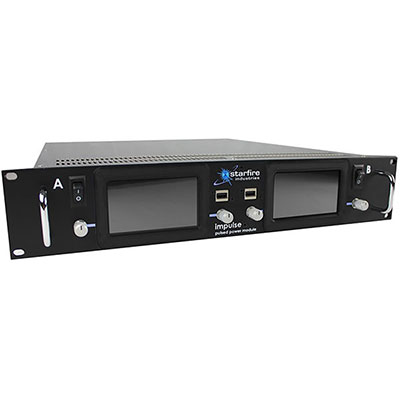
HiPIMS (High Power Impulse Magnetron Sputtering)
High Power Impulse Magnetron Sputtering (HiPIMS) is a type of magnetron sputtering technique where high power pulses of hundreds of microseconds are applied to the magnetron target at frequencies ranging from a few Hz to several kHz.
See below to learn more about HiPIMS and the device that supports it:
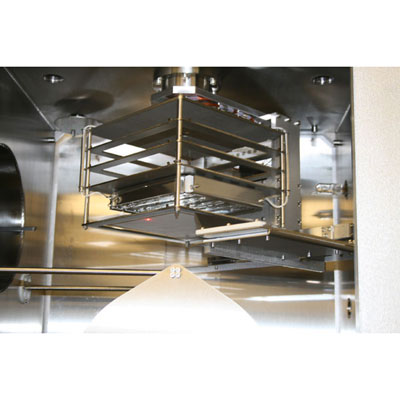
Combinatorial Dual Wedge Tool
KJLC Dual Wedge Tool turns your single substrate in to multiple substrates without the need for breaking vacuum or complex masking. This Combinatorial (producing multiple substrates with different materials and thicknesses on a single substrate) approach cuts down expensive and prolonged research time allowing for large amounts of substrate variations to be completed in days instead of months.
The Combinatorial Dual Wedge Tool is supported in the following KJLC system platforms:
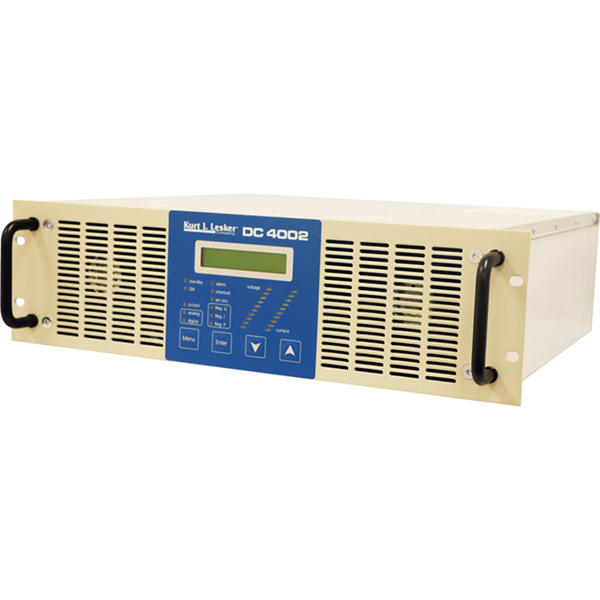
Pulsed DC Sputtering
Pulsed DC sputtering is commonly used to deposit compound thin films from an electrically conductive sputter target. An effective way to make these compound thin films is to use a reactive sputtering process, where a chemically reactive gas is intentionally inlet into the deposition chamber during sputtering to react with the sputtered material.



